
views
X
Research source
[2]
X
Research source
Many non-Buddhists practice breath meditation for its other benefits: getting in touch with your body and mind; learning to be present; and finding pleasure in stillness.
Preparing
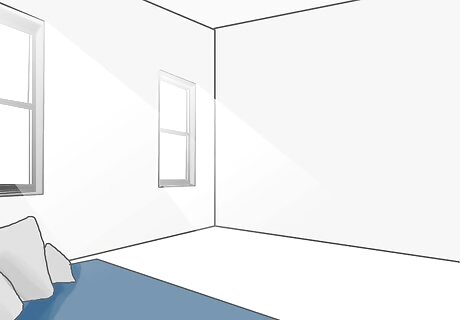
Select a place to meditate. Look for a quiet place that inspires a contemplative attitude. The practice of breath meditation focuses on the subtle movement of the breath, so it is easily disrupted by stray noises. Buddhist instructional sutras (or suttas in Pali) recommend using abandoned buildings, deep forests, or the foot of a tree for an extended period of practice. For those of us without access to places like that, a quiet and peaceful room is a good choice. Try to use the same place daily until you become advanced enough that it is easy to enter a meditative state.
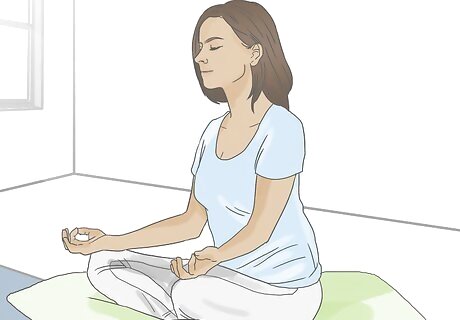
Use the correct posture. The Buddha's instructions indicate that sitting with a straight back is the best position for anapanasati. Given that this practice is all about body relaxation, inner feelings of pleasure, and a still mind, the more comfortable your posture, the better. The usual choice is the lotus position, seated cross-legged with the right foot tucked on top of the left thigh, and the left foot on top of the right thigh. If your body cannot accommodate this, use a comfortable cross-legged posture, or sit on a chair. Sit upright, with your spine straight and your head well-supported. If required, feel free to gently and mindfully lay your back against a chair, wall, or tree trunk. Tilt your head slightly downward if it is more comfortable. Place your hands anywhere that feels comfortable. A common choice is to place them on your lap, with both palms upward, the left cradling the right.
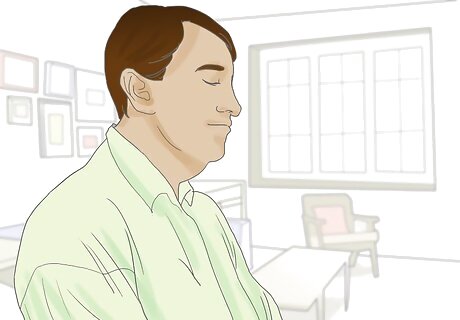
Relax. Once you have chosen your posture, spend some time on conscious relaxation, while breathing through your nose. Observe any tension in your body and let go of it. The more mindful you are of this pleasant relaxation, the more quickly it will occur. Noticing this positive feedback will help incline your mind and heart to further presence, mindfulness and stillness. You can expect your eyes to naturally and gradually close during relaxation. You may softly close them before you begin if it helps.
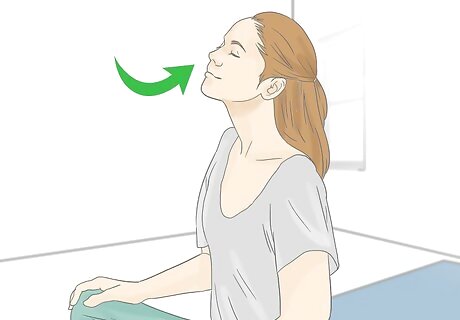
Focus on your breath. Once the mind has stilled and settled, start focusing on a point around the body where it is easiest to sense and concentrate on your breath. The tip of your nose or your upper lip is a good choice, since these are small points where you can feel the air pass. Some people may prefer the inner nose airways, the back of the mouth, the chest, or the belly.
Meditating
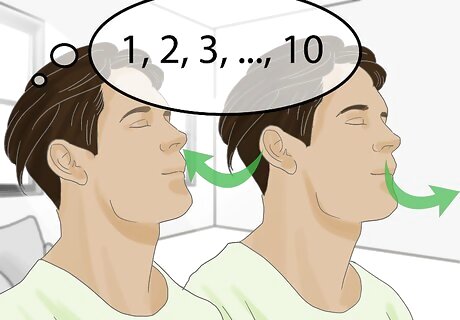
Count your breaths to guide your first efforts. This optional step is especially helpful for beginners, as it helps prevent your mind from wandering. Maintain your focus on the point of breathing you have chosen, such as the tip of your nose. Count the breaths as follows: 1 (inhale), 1 (exhale), then 2 (inhale), 2 (exhale), and so on up to 10. Then restart the count. There are several methods of counting used in meditation. Some count to five or eight instead, and some complete the count during each breath, with the final number landing at the end of the breath.
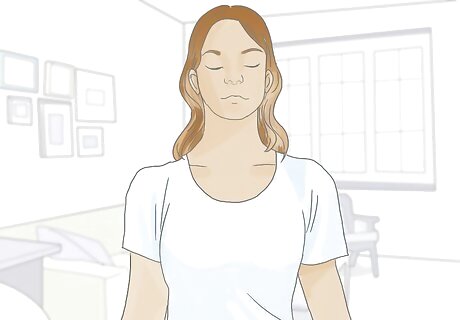
Follow the breath with your mind. Once your mind is focused entirely on your breathing, stop counting. Without consciously altering your breath, follow the changes in its patterns and characteristics. If you take a long breath, note that it is long. If it is a short breath, do the same. Notice and experience all of the breath characteristics (such as length, speed, and pressure), and track each breath from beginning to end. The purpose of this step is to train you to become aware of the natural transition and relaxation of the breath during meditation. This encourages what the Buddha described as "experiencing the whole [breath] body". Maintain your focus on one point of your body. Track the beginning, middle, and end of your breaths by the changes in air flow at that point, not by attempting to follow the movement of air through your body. Although the description is simple, you can spend years on this stage, improving your focus. There is no schedule for attaining each stage.
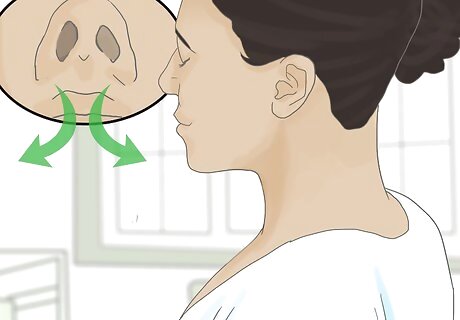
Bring your mind to the contact point of your breath. As you maintain the mindfulness of breathing, your breath will become fine and delicate, and your body should feel more and more at ease. Your breath may become difficult to detect, which can cause alarm or distraction. Through practice, learn to maintain contact with your breath in a more subtle way. This usually happens by remaining aware of the faint contact of air where your breath touches your nostrils or lip. If successful, this stage frees your mind of hindrances, leaving you calm and joyful.
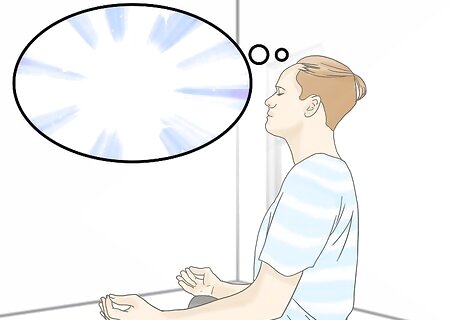
Fix your attention on mental signs. During the contact stage, a mental image or sign may arise, such as a bright light, mist, or wheel. At first, this is a "learning sign," unsteady and wavering. Once you notice this sign, you may fix your attention on it as breathing goes on. At first, the sign may be appear vague or unsteady, but as you continue to focus on it, it may become clearer. This is a stage of deep concentration, which can last hours for an experienced meditator. Attempting to shift focus from your breath to the image will often cause it to disappear. If you successfully remain in contact with your breath, you may find that the image stabilizes and that your mind focuses on it without conscious choice. These are subtle steps with natural, overlapping transitions. Both "contact" and "fixing" are techniques that assist you in what the Buddha called "calming the bodily formation".
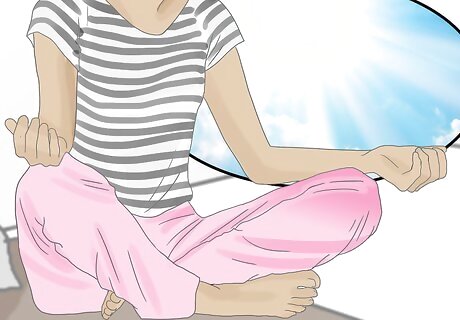
Observe your state of rapture. At this difficult-to-attain stage, you are opening up to a deeper and usually unexplored aspect of yourself. In Buddha's instructions this is composed of three aspects: "experiencing rapture" (PITI), "experiencing bliss" (sukha), and "experiencing the mind". The cultivation of the previous steps will have brought you to a mental state open to inner rapture and happiness. There are many teachings and writings about the states of mind (jhana) possible at this stage. Here are a few ways you may observe yourself during this stage: Become aware of how inner feelings of rapture and pleasure cause a gladdening of the mind, which in turn leads to stillness and peace. Notice how the stillness born of the inner happiness gives a different taste to your mind: a taste of freedom and sufficiency.
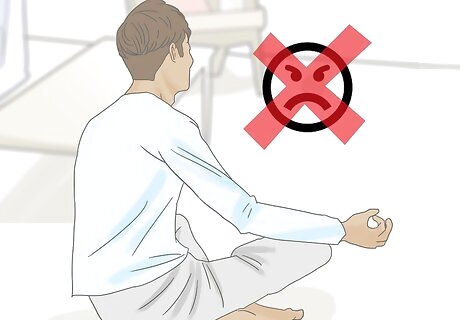
Turn away from negative emotions. Step back from greed, conceit, and other emotions that hinder your progress (called "defilements" in Buddhist tradition) . This technique, along with the insightful stillness of heart you have obtained, will help you in the four final stages of anapanasati: Contemplate impermanence. Understand the deepest implication of impermanence in our experience of suffering. Contemplate fading away. Contemplate cessation. Contemplate relinquishment. Realize that relinquishing the usual habits of seeking pleasure and happiness will lead to more powerful and secure inner experiences.
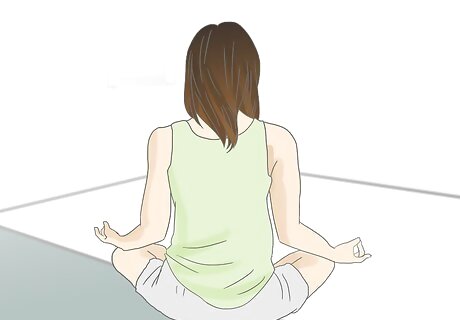
Purify yourself of these emotions. By continuing to contemplate these topics, you can replace your negative emotions with positive virtues. One of the most important is detachment (Viraga), emptying your mind of worries and thoughts of the past and future. Keep in mind that these stages do not come quickly or easily -- it requires deep and constant practice to be able to make it to the level of purification.
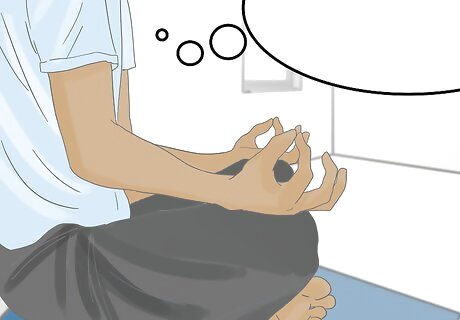
Look back at what you have lost and gained. If you have gone through all stages of anapanasati, complete the meditation by recollecting how it has led to the loss of negative emotions and the gain of new insights. Consider how the the breath-driven gradual stilling of the body, feelings, thoughts and mind achieved so far are only possible due to the universal characteristic of impermanence (anicca).
Mindful Breathing
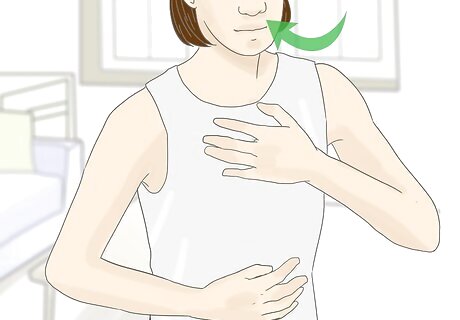
Keep practicing your breathing. When you become focused, keep focusing on the object or image in your head to build concentration. As you advance in meditation, you can do different exercises to help you focus on your breathing and its various aspects. Some thought exercises that might help bring your breathing to a higher level are: The flow of the entirety of the breath as observed from a fixed point. A good analogy to consider is a saw - when sawing through a log, you keep 100% of your attention at the point the saw makes contact with the wood while it goes back and forth, but you don't follow the saw as it comes and goes as you wouldn't know how far you have cut into the wood. The flow of energy that the breath creates and uses. A more experienced meditator can use the energy to flow around the body to soothe pain and refresh the body, eventually creating a sense of pleasure. The use of breath to relax both the mind and the body and increase awareness as it becomes more subtle. Your experiences of how the breath is formed in relation to the state of the mind. If the mind is tense, the breath is often tense. The state of the mind is often reflected in the breath. By adjusting the mind, such as considering thoughts of goodwill when angry, or appreciation when unhappy, you can adjust the breath to be more gentle and calm, which helps relax the body and mind. Your experiences of how your state of mind forms in relation to the breath and your nose. We seldom breathe through both nostrils at the same time, as one is usually closed. The mental intention that drives the in-breath and out-breath process in terms of voidness or emptiness (anatta). The mental process and body processes of breathing do not stop when we cease paying attention to them. The impermanent, changing nature of the mind and body. Not only is each breath different from the other, so you never have two breaths the same, the meditation practice is always different, so you never have two meditation periods the same. How the breath changes when we fix on a different object such a distraction, a thought or feeling, or sensations in the body.
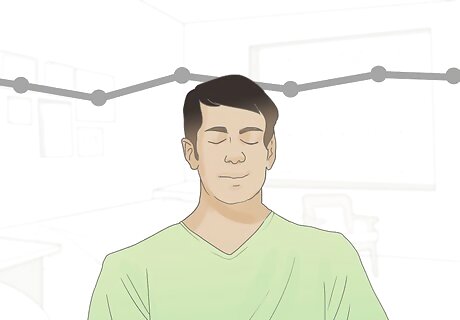
Develop consistency of focus. When you get into a meditative state, you want to enter the same state each time – neither more nor less intense. Work on getting yourself into the same level of focus every time. A simple analogy to consider is sound and the aim is to create an even, middle pitch. Too much effort is like turning up the volume, too little is like turning the volume down. When too much effort is applied the mind aches or the breath becomes unsettled, and with too little effort the breath and focus keeps dropping off.
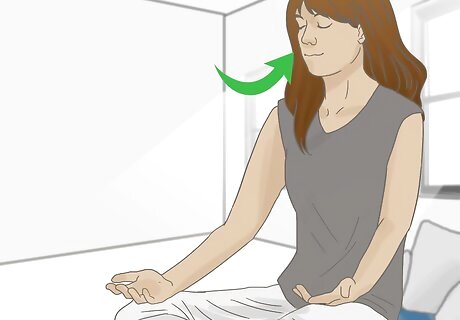
Maintain consistent applied awareness of the breath. As you practice, you may find the breath getting more and more subtle as the calmed body requires less oxygen. Eventually there may be a time where the breath seems to disappear. In practice, it's best to keep focus at the same point as the breath will return soon, but it may break concentration if you move away from that point. For concentration to develop further, maintain applied focus until it becomes evident to you in some form and a sense of pleasure is present. This is often called rapture. If there is no sense of this rapture, it is unlikely the mind will enter much deeper into concentration. The form it appears in is different to each person. It may be a change in physical sensation, a mental image, a symbolic sense of movement or another form. This is not a thing the majority of practitioners experience often or sometimes at all. It is highly conditional on the temperament of the practitioner, experience and skills in meditation, location and potential distractions or other priorities that may be in the mind. Should it arise, you should focus all attention on that without analyzing its color, characteristics etc. It can be easily lost when you don't give balanced and even attention to it. Mindfulness of breathing is difficult to develop so it requires practice to do well.
Steps to Improve
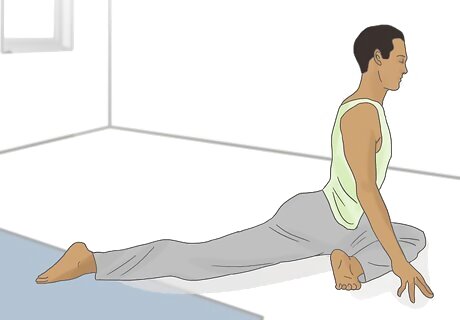
Stretch. Do it often and regularly in your day to day life. Consider practicing yoga, which incorporates many of the same breathing techniques and ideas. This may be part of an exercise routine or an active lifestyle, but the spine should be comfortable and straight, dropping and relaxing the tailbone area and stomach. You also want to be able to sit in lotus position rather than just cross-legged for meditation.
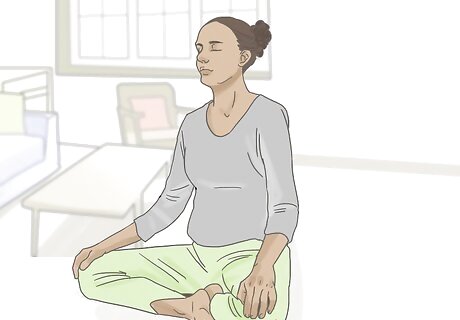
Practice consistently. Do it the same way every time -- think about even sitting in the same place. This trains and familiarizes the mind with keeping a firm applied focus. To begin, some experts recommended spending up to a week or more practicing for several hours a day without duties, so a meditation retreat is ideal. It can take several days and, for some, weeks or months before the mind has relaxed and let go sufficiently for a person to put down the mental hindrances and their mind to become bright.
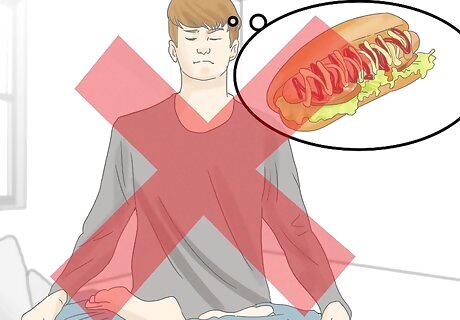
Do not meditate when hungry or on a very full stomach. The body needs energy to meditate, but food eaten recently also promotes sleepiness or distraction. You need to be alert and focused, not thinking about food.


















Comments
0 comment